Home>Others>Specialized Home Improvement Topics>How To Lubricate Car Windows
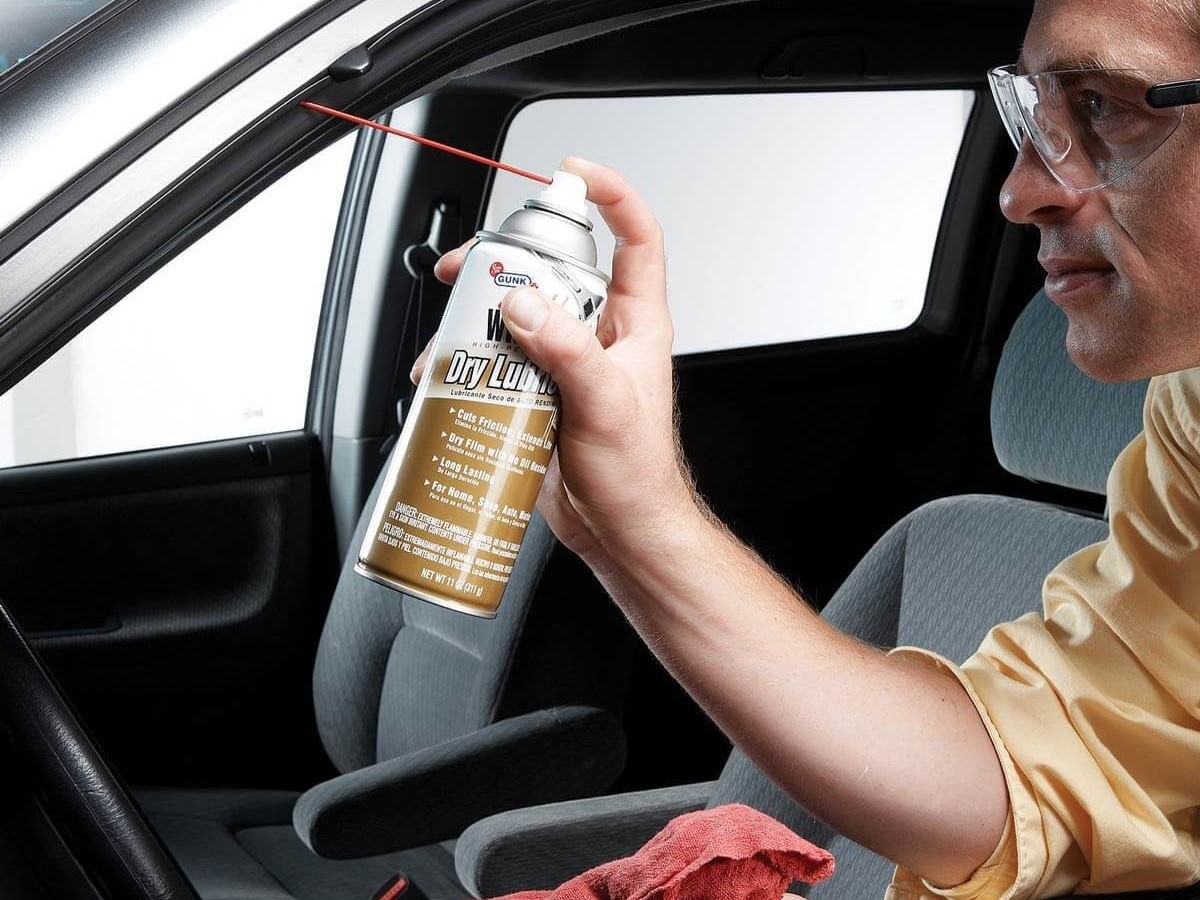

Specialized Home Improvement Topics
How To Lubricate Car Windows
Published: January 9, 2024
Learn how to effectively lubricate your car windows with our specialized home improvement tips. Keep your car windows operating smoothly with our expert advice.
(Many of the links in this article redirect to a specific reviewed product. Your purchase of these products through affiliate links helps to generate commission for Storables.com, at no extra cost. Learn more)
**
Introduction
**
When it comes to maintaining your vehicle, there are numerous components that demand attention, and the windows are no exception. Car windows play a pivotal role in ensuring a safe and comfortable driving experience. However, over time, factors such as dust, debris, and weather conditions can lead to the windows becoming stiff and difficult to operate. This not only poses an inconvenience but can also potentially compromise safety.
Lubricating car windows is a simple yet crucial aspect of vehicle maintenance that often goes overlooked. By ensuring that the windows move smoothly and effortlessly, you can enhance the overall functionality of your vehicle and prevent potential issues down the road. In this comprehensive guide, we will delve into the importance of lubricating car windows, the tools and materials needed for the task, and the step-by-step process to effectively lubricate your car windows. Additionally, we will provide valuable tips and precautions to ensure that you carry out this maintenance task with precision and care.
So, whether you're a seasoned car enthusiast or a novice in the realm of vehicle maintenance, mastering the art of lubricating your car windows is a skill that will not only benefit your driving experience but also contribute to the longevity and performance of your vehicle. Let's embark on this journey to discover the ins and outs of this essential maintenance practice.
**
Key Takeaways:
- Regularly lubricating car windows ensures smooth operation, prevents wear and tear, and enhances safety during emergencies, contributing to long-term cost savings and preserving the vehicle’s value.
- By following a systematic approach and adhering to valuable tips, lubricating car windows becomes a fundamental aspect of vehicle maintenance, ensuring a seamless driving experience and prioritizing safety and longevity.
Read more: How To Lubricate A Car Door Lock
Importance of Lubricating Car Windows
**
Understanding the significance of lubricating car windows is pivotal in comprehending the impact it can have on the overall functionality and safety of your vehicle. Here are several compelling reasons why regular window lubrication should be a part of your vehicle maintenance routine:
- Smooth Operation: Over time, the window tracks and mechanisms can accumulate dirt, grime, and debris, leading to stiffness and resistance when operating the windows. By applying lubricant, you can ensure that the windows move smoothly, without any jerking or sticking, providing a seamless driving experience.
- Preventing Wear and Tear: When windows are forced to operate without proper lubrication, the mechanical components can experience increased friction, leading to premature wear and potential damage. Lubrication acts as a protective barrier, reducing friction and minimizing the risk of wear and tear on the window mechanisms.
- Enhanced Safety: In the event of an emergency, such as needing to quickly lower a window, smooth and responsive operation is crucial. Properly lubricated windows can be swiftly and effortlessly maneuvered, potentially aiding in critical situations such as emergencies or accidents.
- Weather Resistance: Lubrication helps create a barrier against moisture and environmental elements, thereby preventing rust and corrosion in the window mechanisms. This is particularly important for vehicles exposed to harsh weather conditions.
- Long-Term Cost Savings: By regularly lubricating your car windows, you can mitigate the risk of costly repairs or replacements due to damaged window mechanisms. This proactive maintenance approach can contribute to long-term cost savings and preserve the value of your vehicle.
By acknowledging the importance of lubricating car windows, you can proactively maintain the functionality, safety, and longevity of your vehicle. In the subsequent sections, we will explore the tools and materials needed for this maintenance task, along with a detailed guide on how to effectively lubricate your car windows.
Tools and Materials Needed
Before embarking on the task of lubricating your car windows, it’s essential to gather the necessary tools and materials to ensure a smooth and efficient process. Here’s a comprehensive list of items you’ll need:
- Lubricant: Selecting the right lubricant is crucial. Opt for a silicone-based spray lubricant specifically designed for automotive use. Silicone lubricants are ideal for car windows as they provide long-lasting protection, repel moisture, and withstand varying temperatures.
- Cleaning Solution: A mild cleaning solution and a clean cloth are essential for removing dirt and debris from the window tracks and mechanisms before applying the lubricant.
- Protective Gloves: To protect your hands from the cleaning solution and lubricant, it’s advisable to wear protective gloves throughout the process.
- Screwdriver (if necessary): Depending on your vehicle’s make and model, you may require a screwdriver to access the window mechanisms for thorough cleaning and lubrication.
- Lint-Free Cloth: A lint-free cloth or microfiber towel will come in handy for wiping down the window tracks and ensuring a clean surface for the lubricant application.
- Masking Tape (optional): If you prefer to safeguard the surrounding areas of the window during the lubrication process, masking tape can be used to cover the edges and prevent overspray.
By ensuring that you have the aforementioned tools and materials at your disposal, you can proceed with confidence, knowing that you’re well-equipped to effectively lubricate your car windows. In the following section, we will delve into the step-by-step process of lubricating the windows, providing a comprehensive guide to help you navigate this essential maintenance task with ease.
Use a silicone-based lubricant to grease the window tracks and rubber seals. Apply a small amount and move the window up and down to spread the lubricant evenly. Wipe off any excess to prevent buildup.
Steps to Lubricate Car Windows
Now that you have gathered the necessary tools and materials, it’s time to embark on the process of lubricating your car windows. Follow these step-by-step instructions to ensure a thorough and effective lubrication:
- Prepare the Window Area: Start by ensuring that the windows are rolled up completely. This will provide access to the entire window track and mechanism for cleaning and lubrication.
- Clean the Window Tracks: Use a mild cleaning solution and a clean cloth to meticulously clean the window tracks and mechanisms. Remove any accumulated dirt, debris, or old lubricant residue. It’s essential to create a clean surface for the new lubricant to adhere to.
- Apply Lubricant: Shake the silicone-based spray lubricant well before use. Holding the straw attachment, spray the lubricant along the entire length of the window tracks on both sides. Ensure even coverage, and avoid oversaturating the area.
- Operate the Windows: After applying the lubricant, operate the windows up and down multiple times to distribute the lubricant evenly across the tracks and mechanisms. This will help ensure smooth and consistent lubrication.
- Wipe Excess Lubricant: Using a lint-free cloth, wipe away any excess lubricant that may have accumulated on the window surfaces or surrounding areas. This will prevent smudges and maintain a clean appearance.
- Final Checks: Conduct a visual inspection to confirm that the window tracks are free of excess lubricant and debris. Ensure that the windows operate smoothly and without any resistance.
By following these meticulous steps, you can effectively lubricate your car windows, promoting smooth operation and prolonging the longevity of the window mechanisms. Additionally, this maintenance practice contributes to a safer and more enjoyable driving experience. As we proceed, we will explore valuable tips and precautions to enhance the effectiveness of this maintenance task.
Tips and Precautions
While lubricating your car windows is a relatively straightforward task, adhering to certain tips and precautions can elevate the effectiveness and safety of the maintenance process. Here are valuable insights to consider:
- Regular Maintenance: Incorporate window lubrication into your regular vehicle maintenance schedule. This proactive approach can prevent issues stemming from stiff or malfunctioning windows.
- Avoid Over-Lubrication: Apply the lubricant sparingly and evenly. Over-lubrication can lead to excess buildup and attract more dirt and debris, potentially impeding the window’s functionality.
- Choose the Right Lubricant: Opt for a high-quality silicone-based spray lubricant designed for automotive use. Avoid using general-purpose lubricants, as they may not offer the same level of protection and longevity.
- Protect Surrounding Surfaces: If you’re concerned about overspray during the lubrication process, use masking tape to protect the surrounding areas of the window. This will prevent any inadvertent contact with the lubricant.
- Inspect Window Operation: After lubricating the windows, test their operation thoroughly to ensure smooth and effortless movement. Address any issues promptly to prevent potential complications.
- Safety First: When working with cleaning solutions and lubricants, ensure adequate ventilation in the workspace. Additionally, wear protective gloves to safeguard your skin from potential irritation.
- Consult the Vehicle Manual: If you encounter any challenges or are unsure about accessing the window mechanisms, refer to the vehicle’s manual for specific guidance related to window maintenance.
By integrating these tips and precautions into the process of lubricating your car windows, you can optimize the effectiveness of this maintenance task while prioritizing safety and long-term functionality. As we conclude this comprehensive guide, it’s important to recognize the impact of regular window lubrication in preserving the overall performance and safety of your vehicle.
Read more: How To Bulletproof Car Windows
Conclusion
Mastering the art of lubricating your car windows is a fundamental aspect of vehicle maintenance that can significantly impact the functionality, safety, and longevity of your vehicle. By understanding the importance of regular window lubrication and following a systematic approach to this task, you can ensure that your car windows operate smoothly and efficiently, contributing to a seamless driving experience.
From preparing the window area and meticulously cleaning the tracks to applying the appropriate lubricant and conducting thorough checks, each step in the process plays a crucial role in maintaining the optimal performance of your car windows. Additionally, by adhering to valuable tips and precautions, you can elevate the efficacy of this maintenance practice and mitigate potential issues associated with window mechanisms.
Ultimately, the benefits of lubricating your car windows extend beyond mere convenience. By preventing premature wear and tear, enhancing safety, and establishing a barrier against environmental elements, this maintenance task serves as a proactive measure to safeguard your vehicle’s integrity and functionality. Furthermore, the long-term cost savings and preservation of your vehicle’s value underscore the significance of integrating window lubrication into your regular maintenance routine.
As you embark on this journey of vehicle maintenance, remember that the care and attention you invest in lubricating your car windows can translate into a smoother, safer, and more enjoyable driving experience. By embracing this essential practice, you not only prioritize the well-being of your vehicle but also empower yourself with the knowledge and skills to uphold its optimal performance for years to come.
So, whether you’re a seasoned automotive enthusiast or a conscientious vehicle owner, the art of lubricating car windows stands as a testament to the dedication and care you exhibit towards your cherished mode of transportation. With each application of lubricant, you contribute to the preservation and functionality of your vehicle, ensuring that every journey is met with effortless window operation and peace of mind.
Frequently Asked Questions about How To Lubricate Car Windows
Was this page helpful?
At Storables.com, we guarantee accurate and reliable information. Our content, validated by Expert Board Contributors, is crafted following stringent Editorial Policies. We're committed to providing you with well-researched, expert-backed insights for all your informational needs.
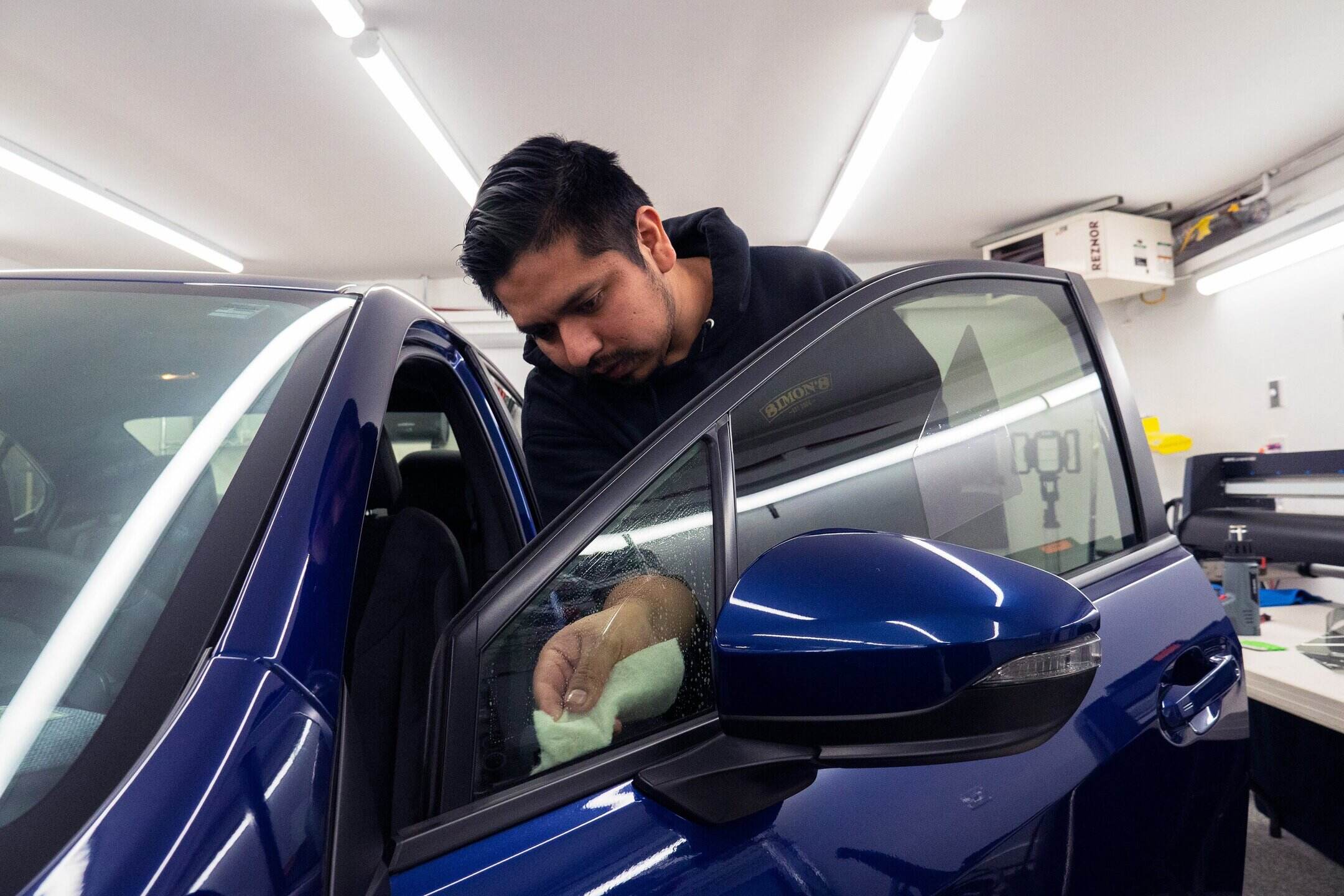
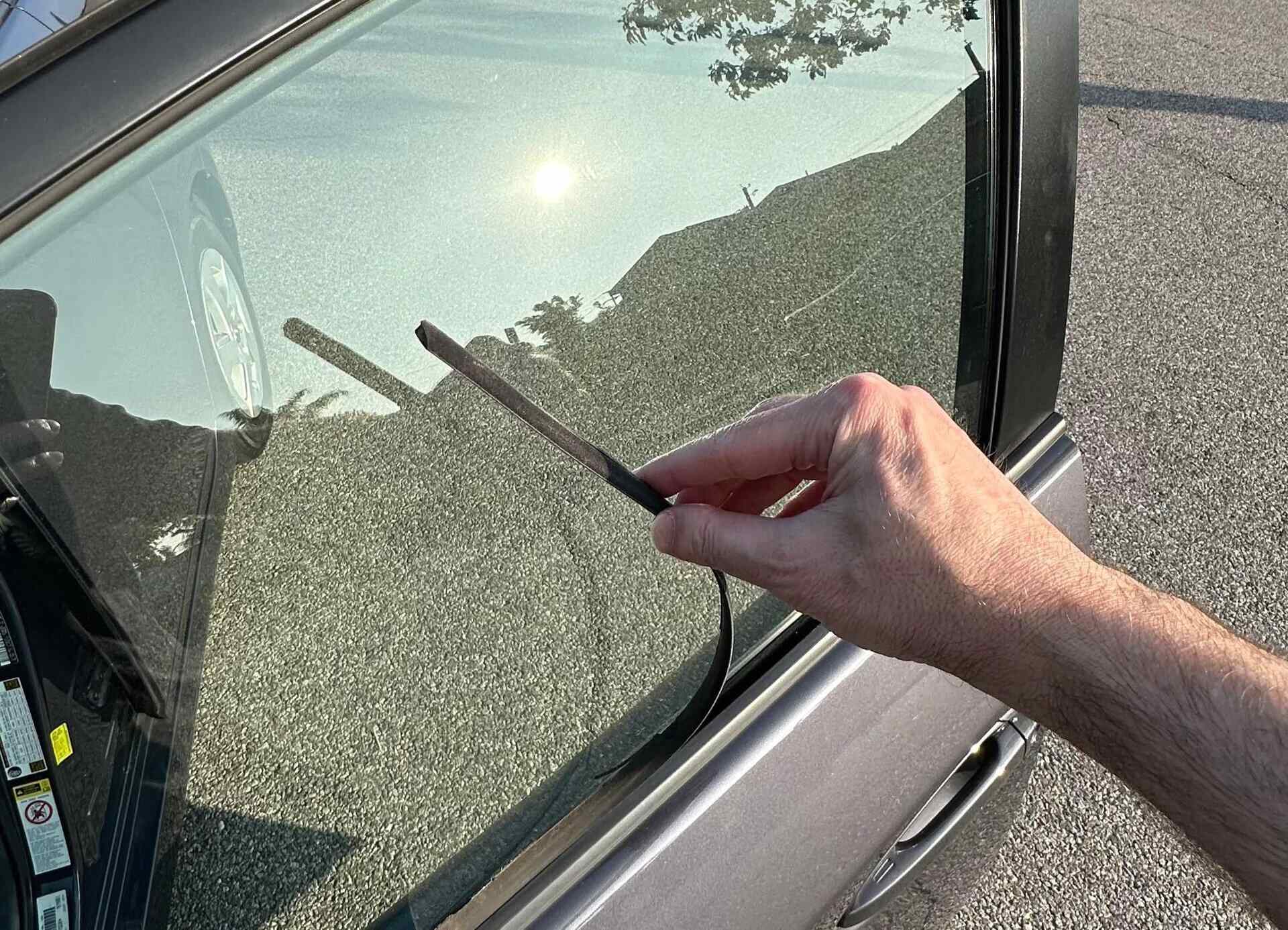


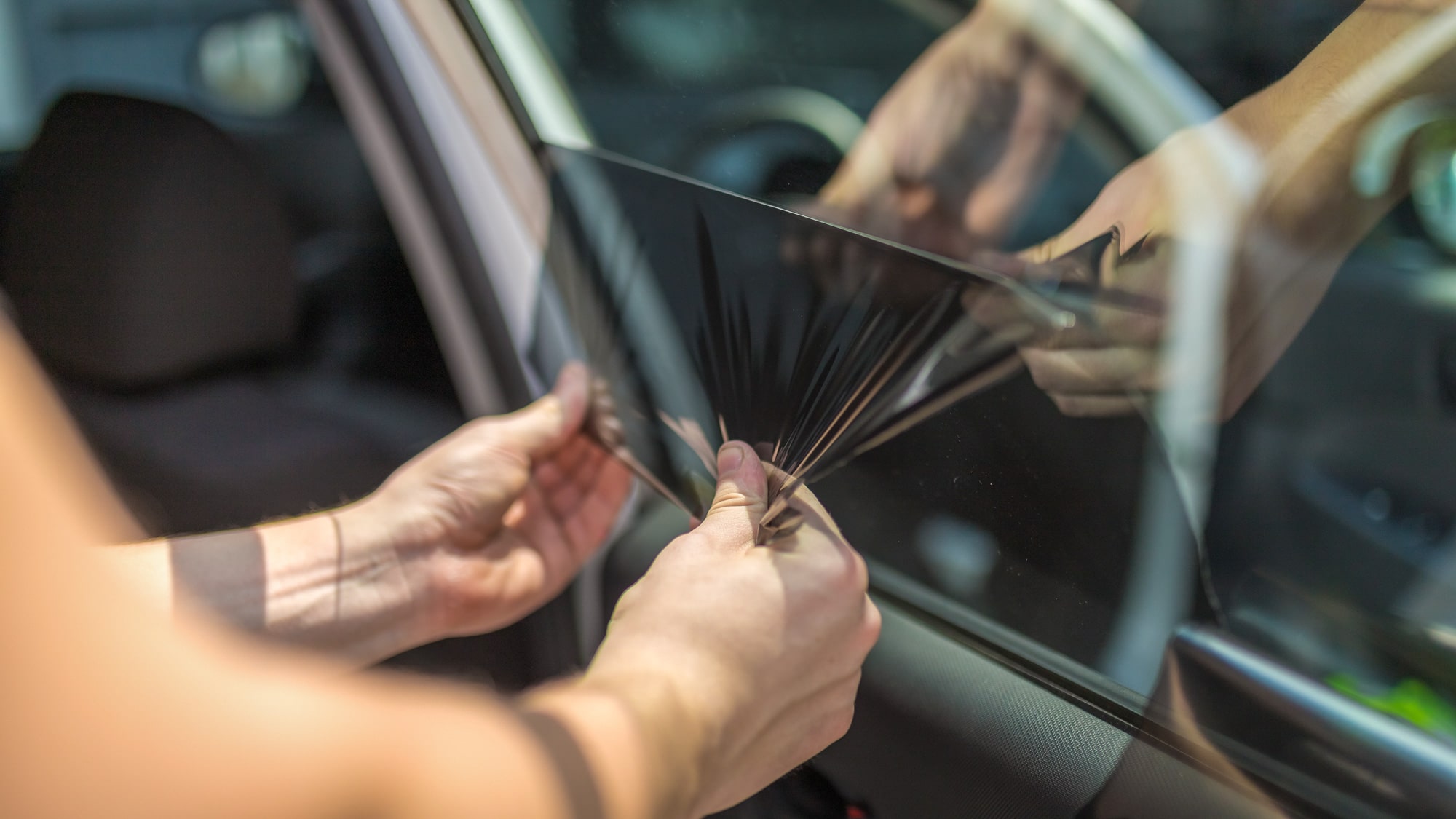

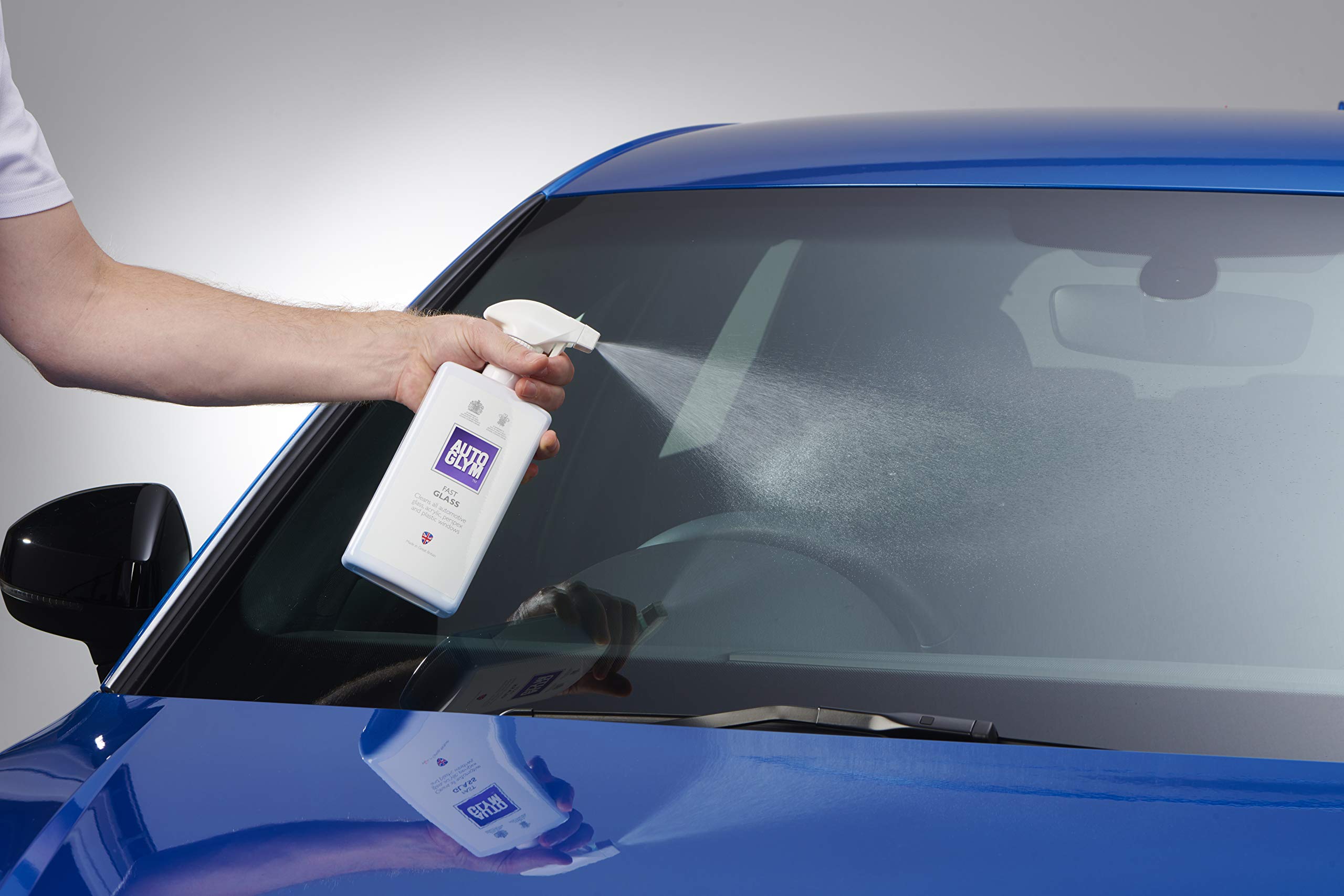
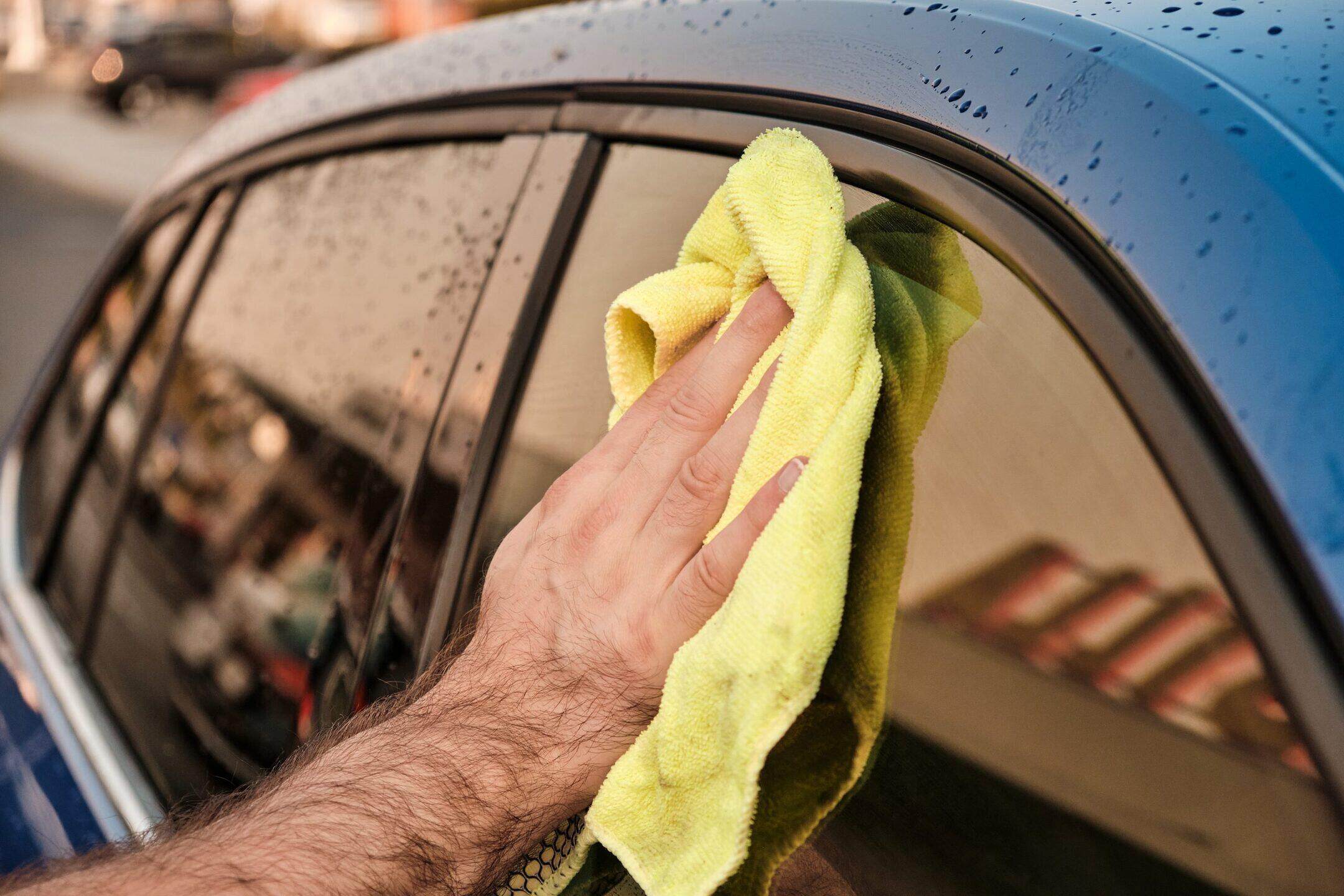
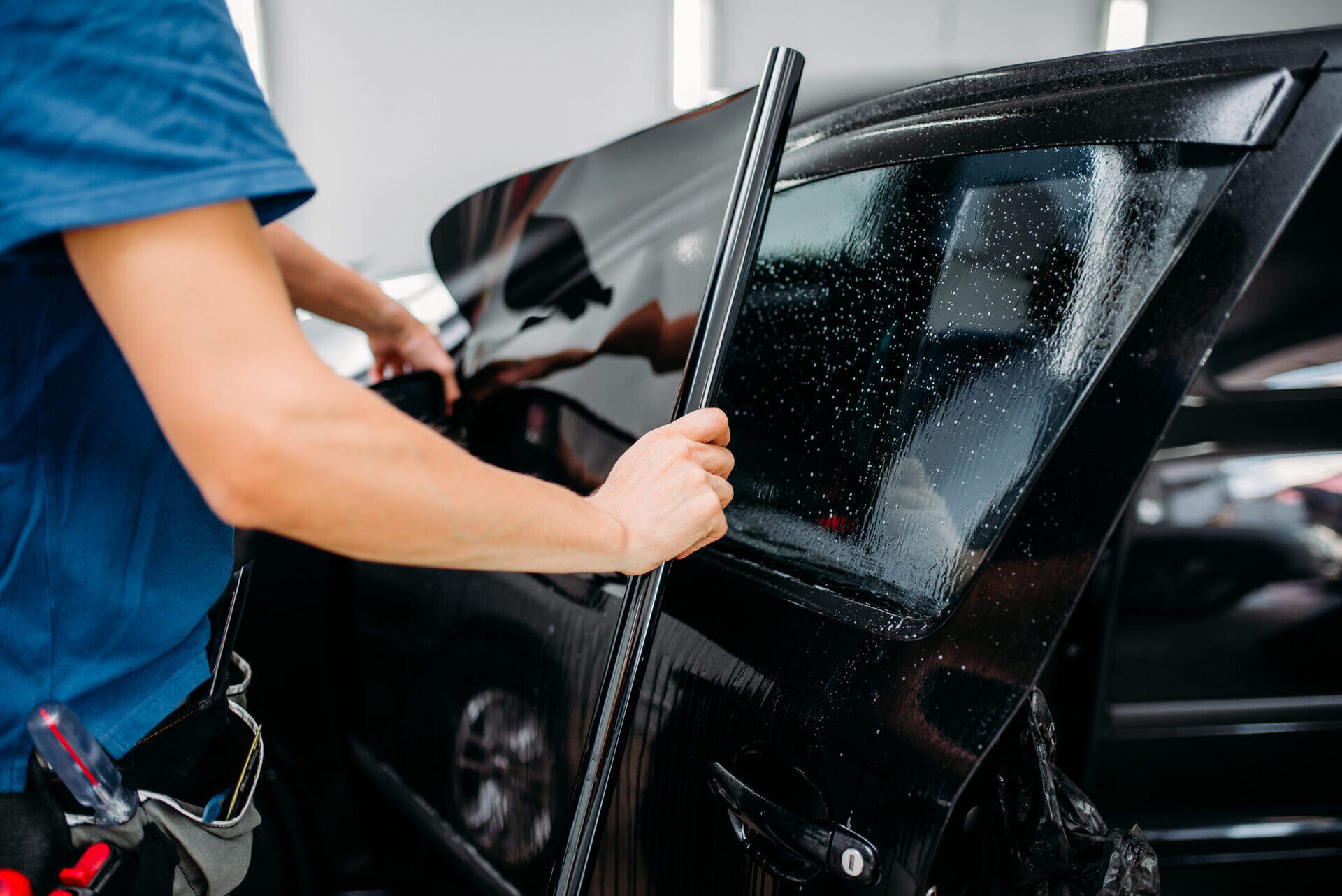
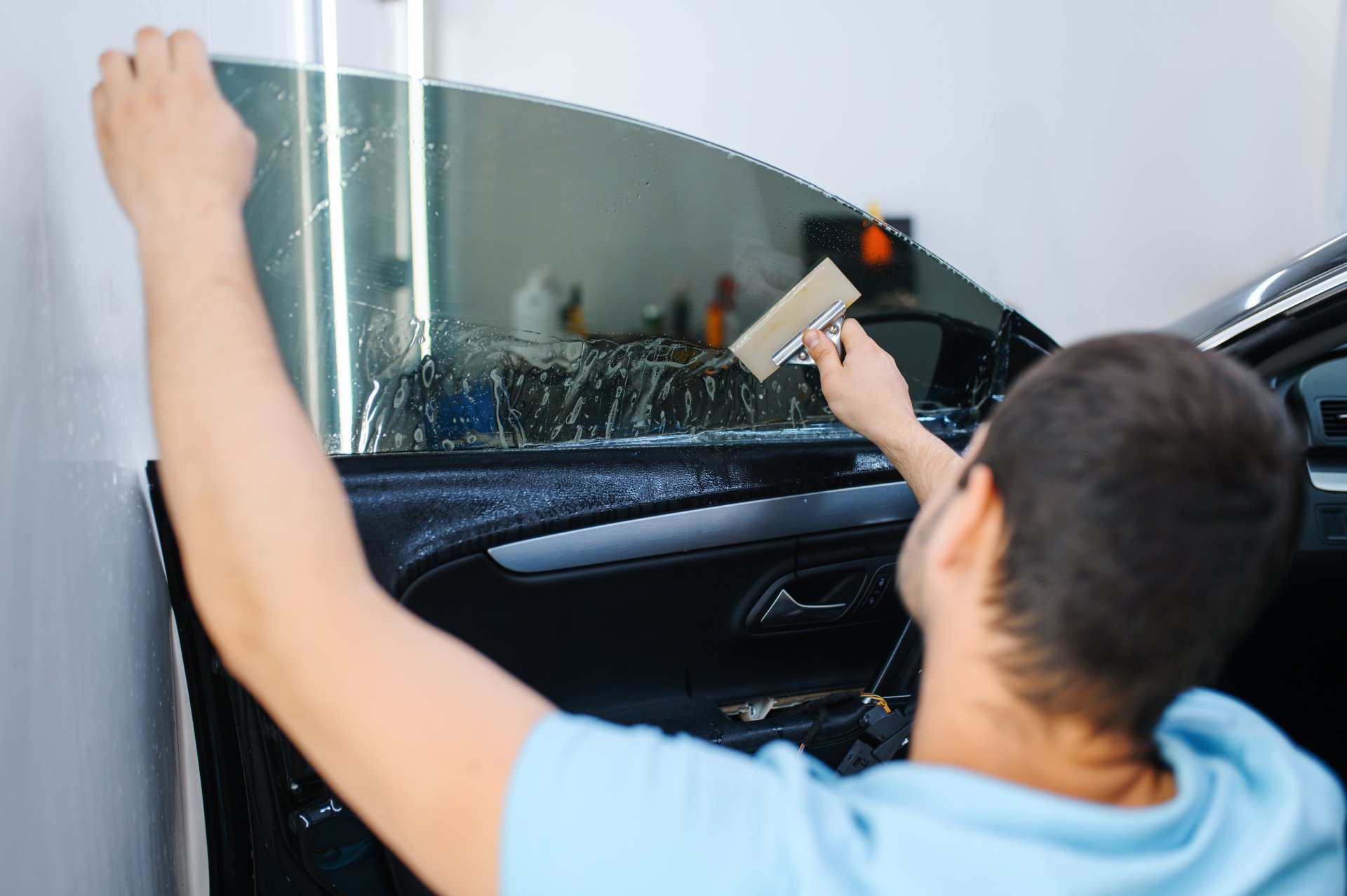
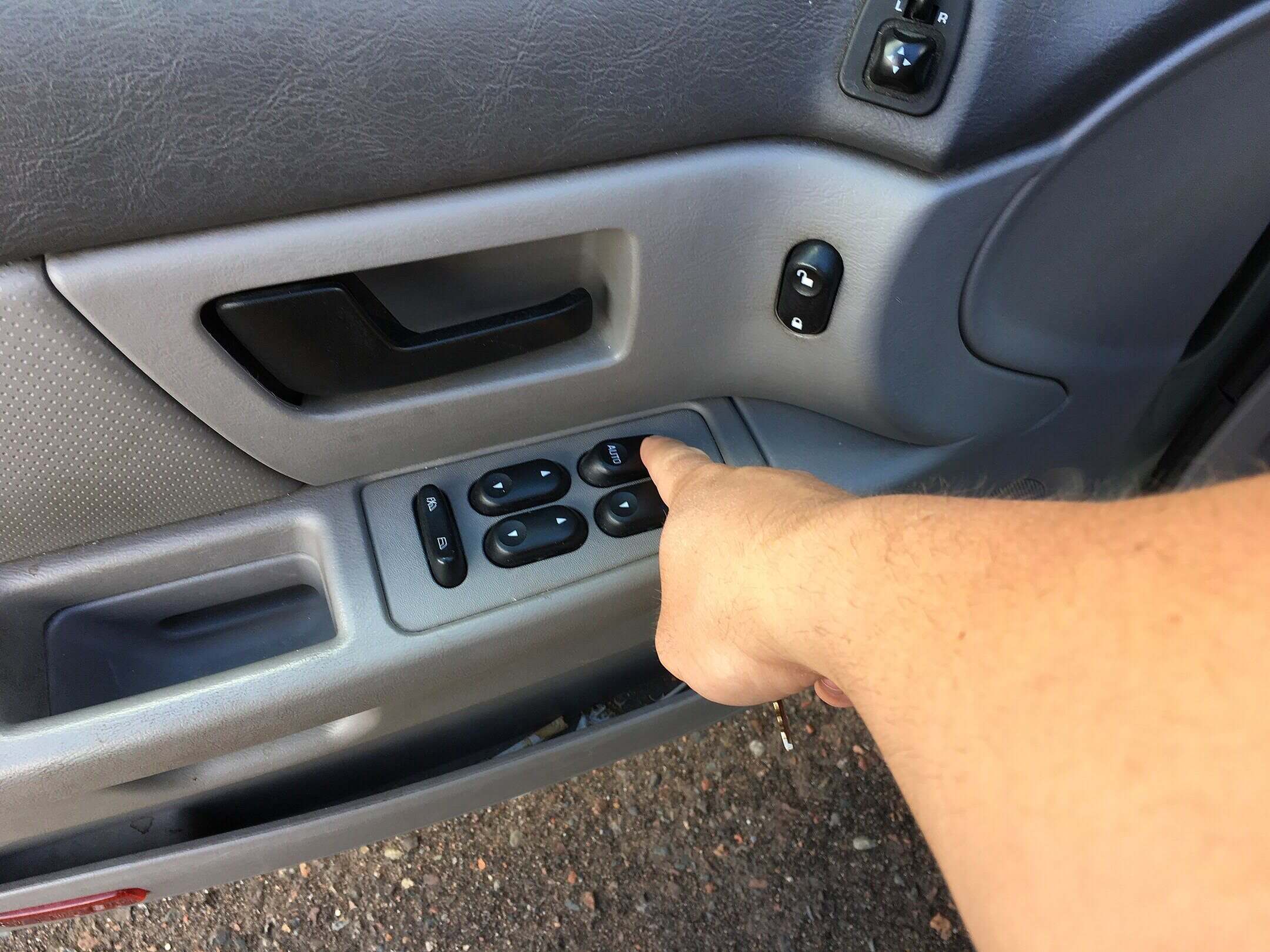
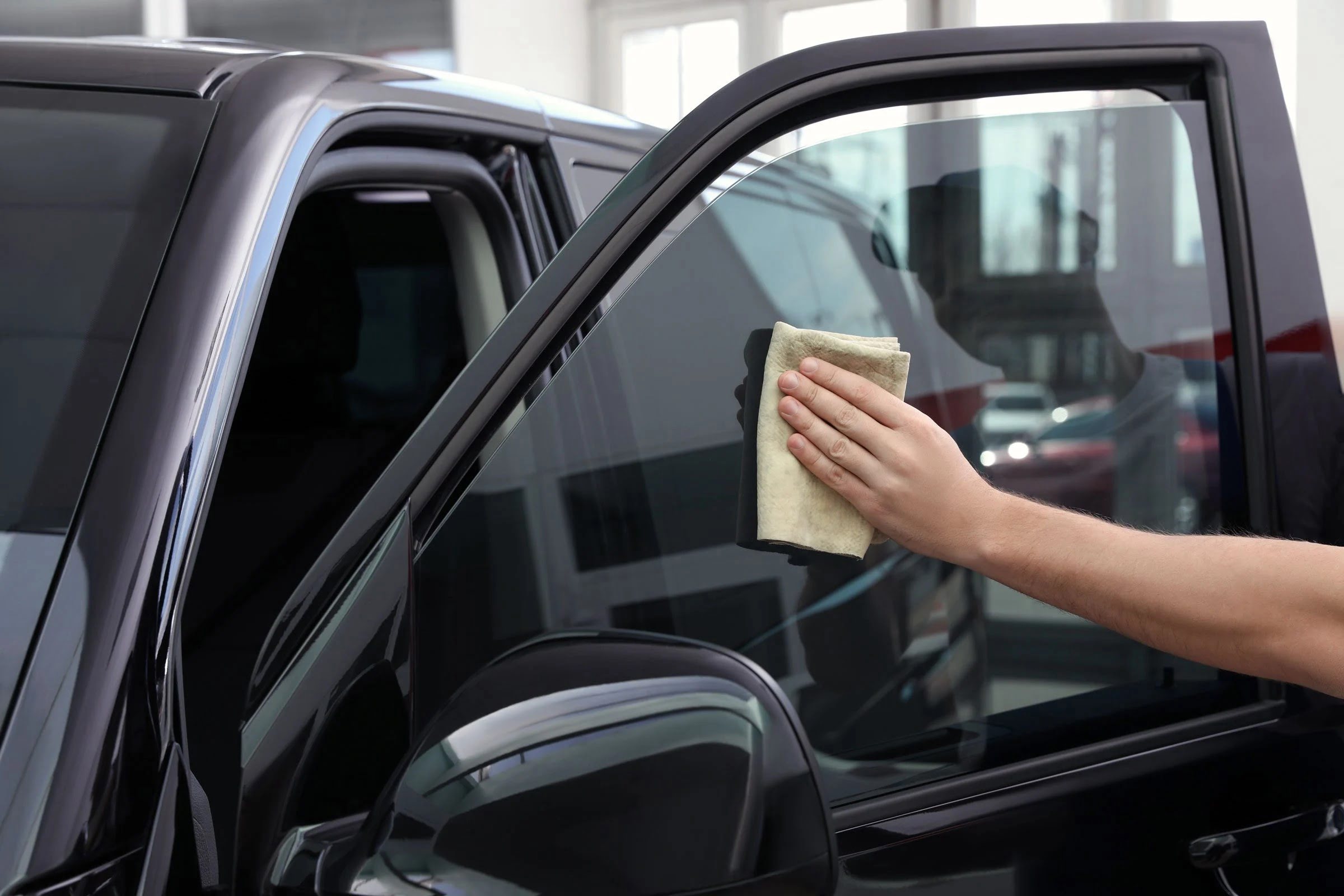
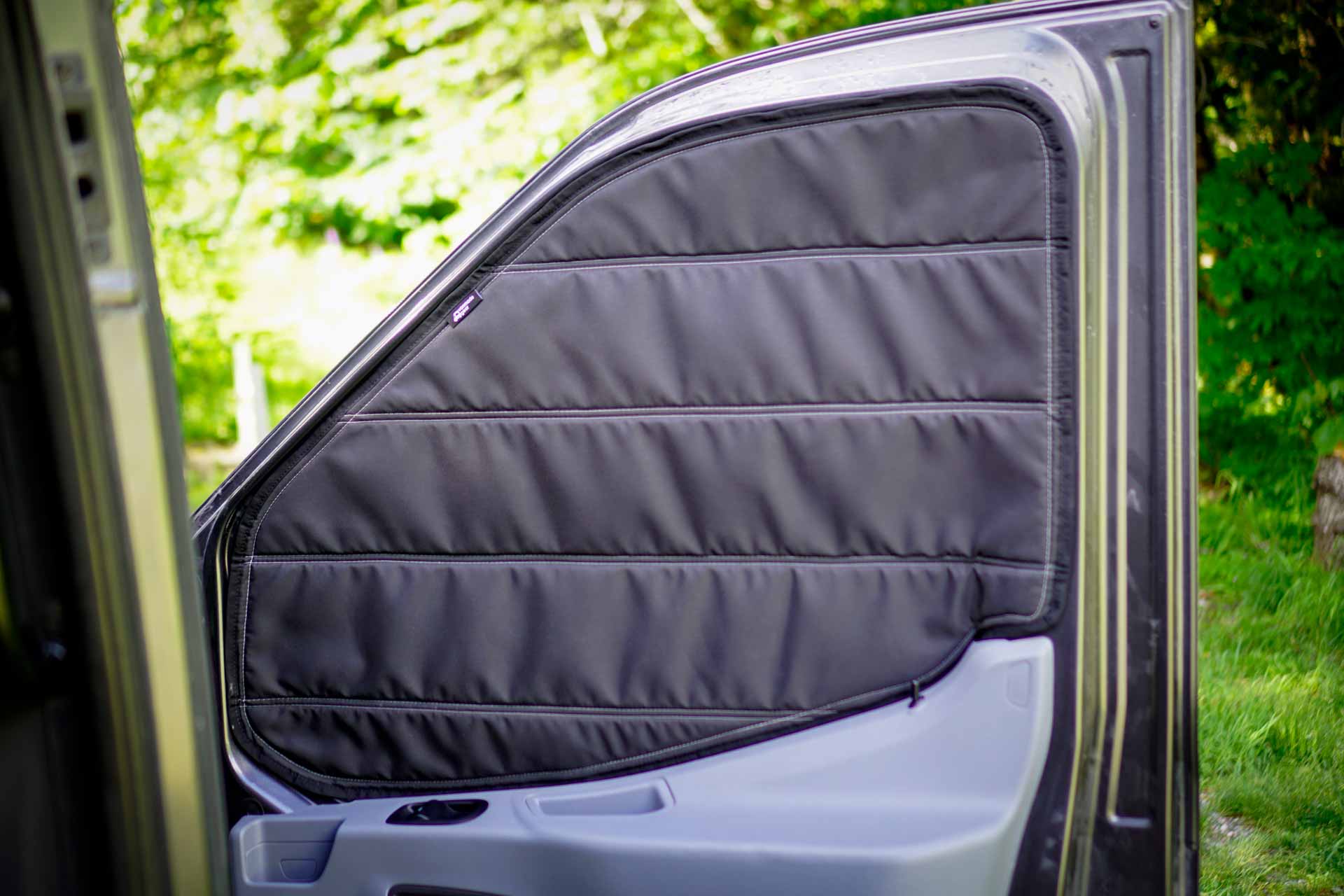


0 thoughts on “How To Lubricate Car Windows”